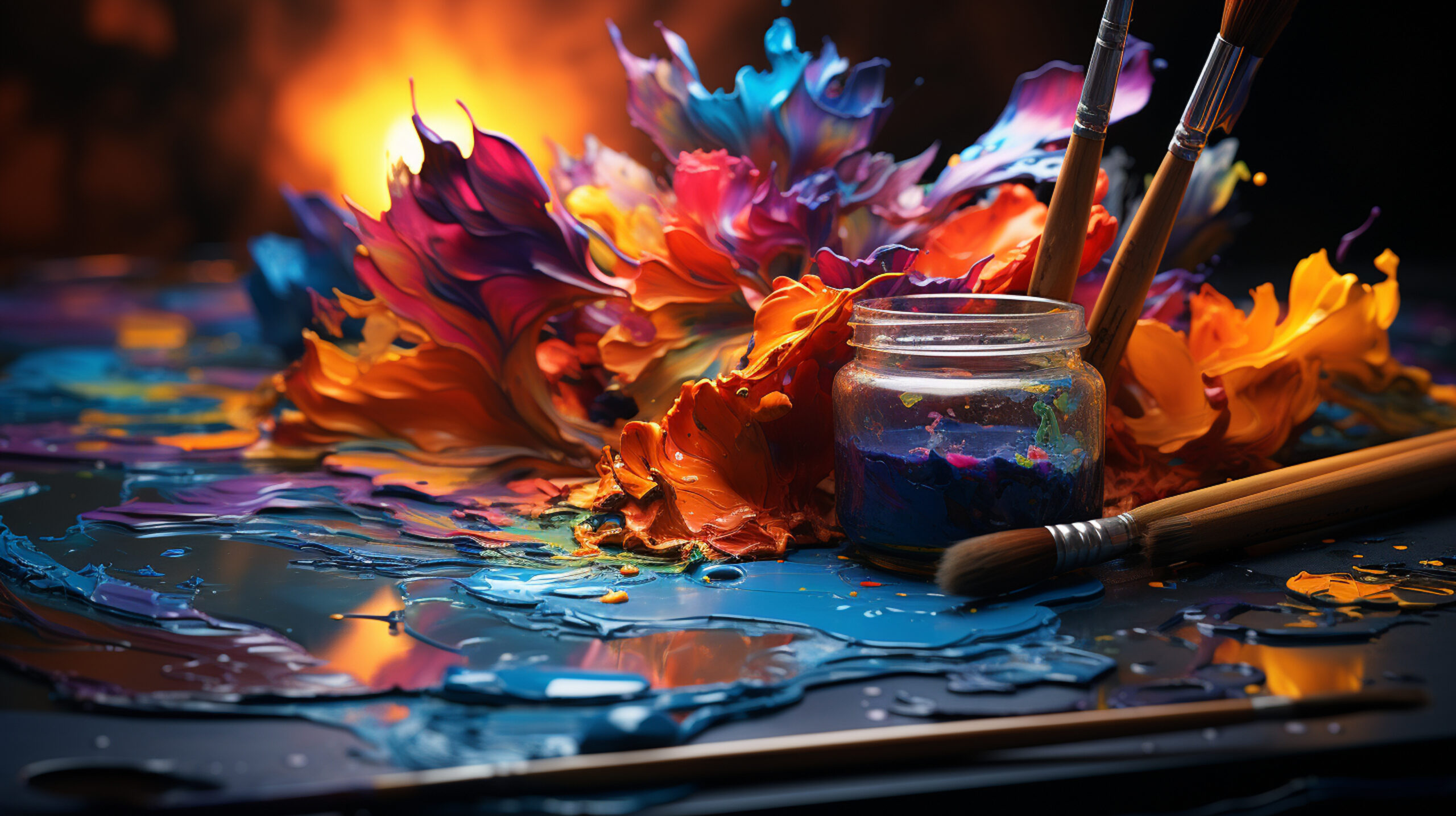
The advent of text-to-image generative AI has taken the creative world by storm, and one of the most transformative tools in the space is Stable Diffusion. Image generators convert written prompts into tangible, artistic images. These AI models are tremendous assets and time savers for artists, business owners, marketers, and creatives worldwide. But what tips […]
The advent of text-to-image generative AI has taken the creative world by storm, and one of the most transformative tools in the space is Stable Diffusion. Image generators convert written prompts into tangible, artistic images. These AI models are tremendous assets and time savers for artists, business owners, marketers, and creatives worldwide.
But what tips and tricks should you follow to write a prompt that will help bring your artistic ideas to life? We’ve all been there. Staring at that empty prompt box when trying to create AI art, feeling like a sculptor looking at a block of marble, wondering where to begin.
ChatAI has all the necessary tools, but it isn’t a mind-reader. It needs the right prompt to create outputs that match your vision. So in this post, we guide you step-by-step on how to write killer AI prompts for art using Stable Diffusion.
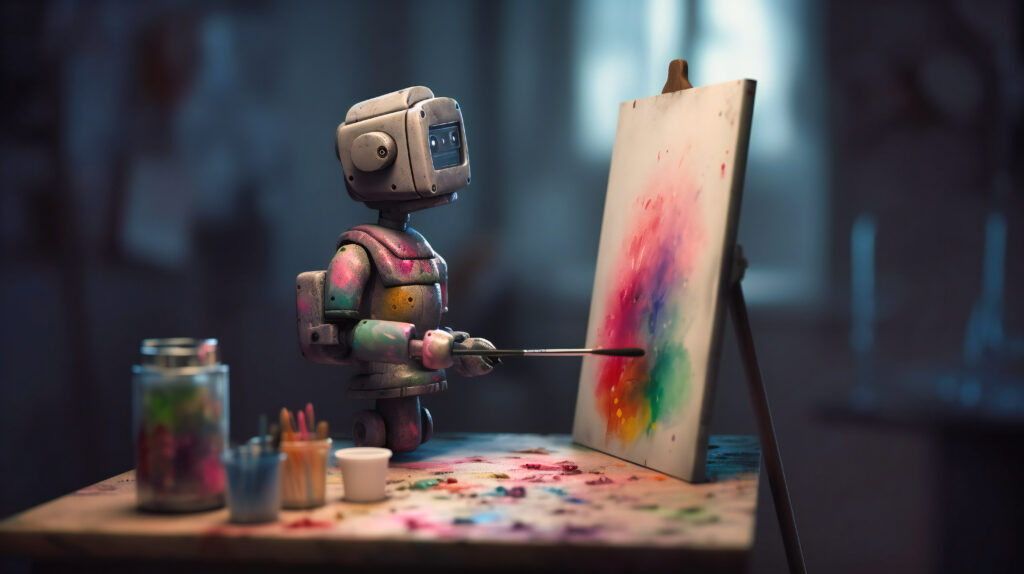
The first and foremost step to writing a compelling AI art prompt is to zero in on your subject. A general theme might work, but a touch of specificity transforms it from being a simple image to a Hollywood spotlight picture.
Describe your subject with detailed clarity to help AI capture every intricate detail. Let’s articulate this with an example:
Take a simple subject such as “sorceress” and amp up the specificity to transform this prompt into: “A beautiful and powerful mysterious sorceress, smiling while sitting on a rock, with a castle in the background.”
Notice the difference? They’re the same concept but the latter is richer and bustling with life.
Setting the stage in true Hollywood style, it’s time to select the props. Decide whether you want your AI art to resemble charcoal sketches, cartoon, realistic photography, digital art, or a grand oil painting in a chic atelier. Pick your poison.
Modifying our earlier prompt with the choice of medium, we get:
“A beautiful and powerful mysterious sorceress, smiling while sitting on a rock, with a castle in the background, portrayed in oil painting.”

Now that you’ve mastered the basics, it’s time for the fun part—elevating your prompt to the next level. This is where we’ll take a deep dive into the nuances of AI art, enhancing your creation by adding depth, style, and a touch of creative flair.
Here are a few pointers to guide you through this process:
The attire of your subject plays a crucial role in defining their identity and the overall mood of the piece. Try visualizing whether vintage clothing draped in an aura of nostalgia suits your subject better or perhaps, modern attire reflects their personality.
Specifying patterns on clothing, body art, or adding statement accessories can elevate the depiction from ordinary to extraordinary.
For instance, your sorceress could be dressed in an intricately patterned purple and white robe, embellished with otherworldly amulets and gemstones, which add a layer of mystique to her persona.
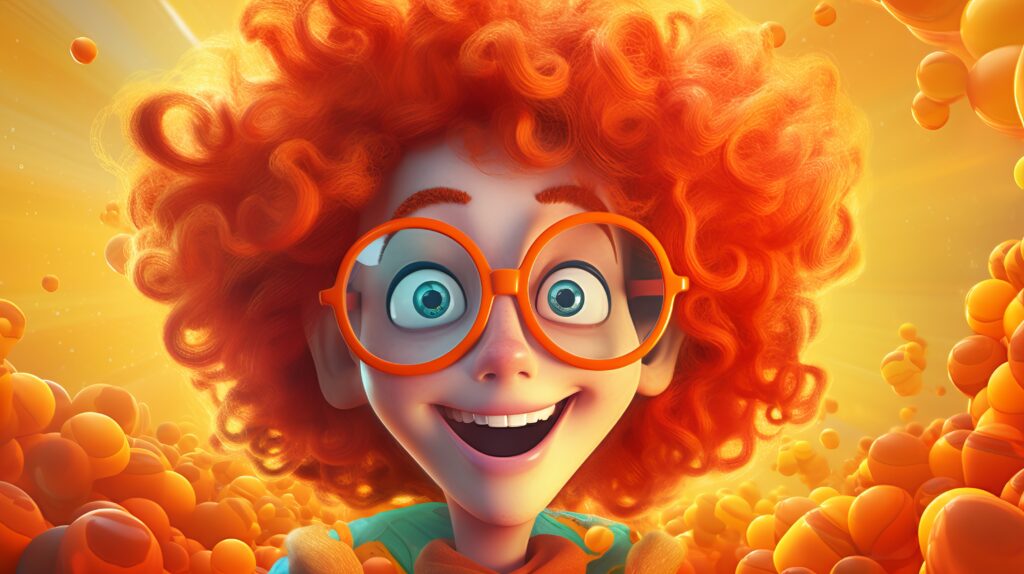
The emotion conveyed by your subject breathes life into your AI-generated artwork. Conveying the exact sentiments—happiness, anger, intrigue, or confusion—can animate your art, giving it a dramatic flair.
Take, for example, our sorceress. An enigmatic smile can narrate a story of hidden secrets and powerful magic, adding interest to the image.
Color serves as the visual mood ring of your artwork. A vibrant palette might evoke a sense of festivity and excitement, while a calming pastel tone can imbue serenity. High-contrast monochromes can make your artwork pop and command attention.
Deciding on the color scheme helps set the atmosphere of your digital canvas. In the case of our sorceress, a mix of shimmery blues and purples might lend an air of magical allure to the scene.
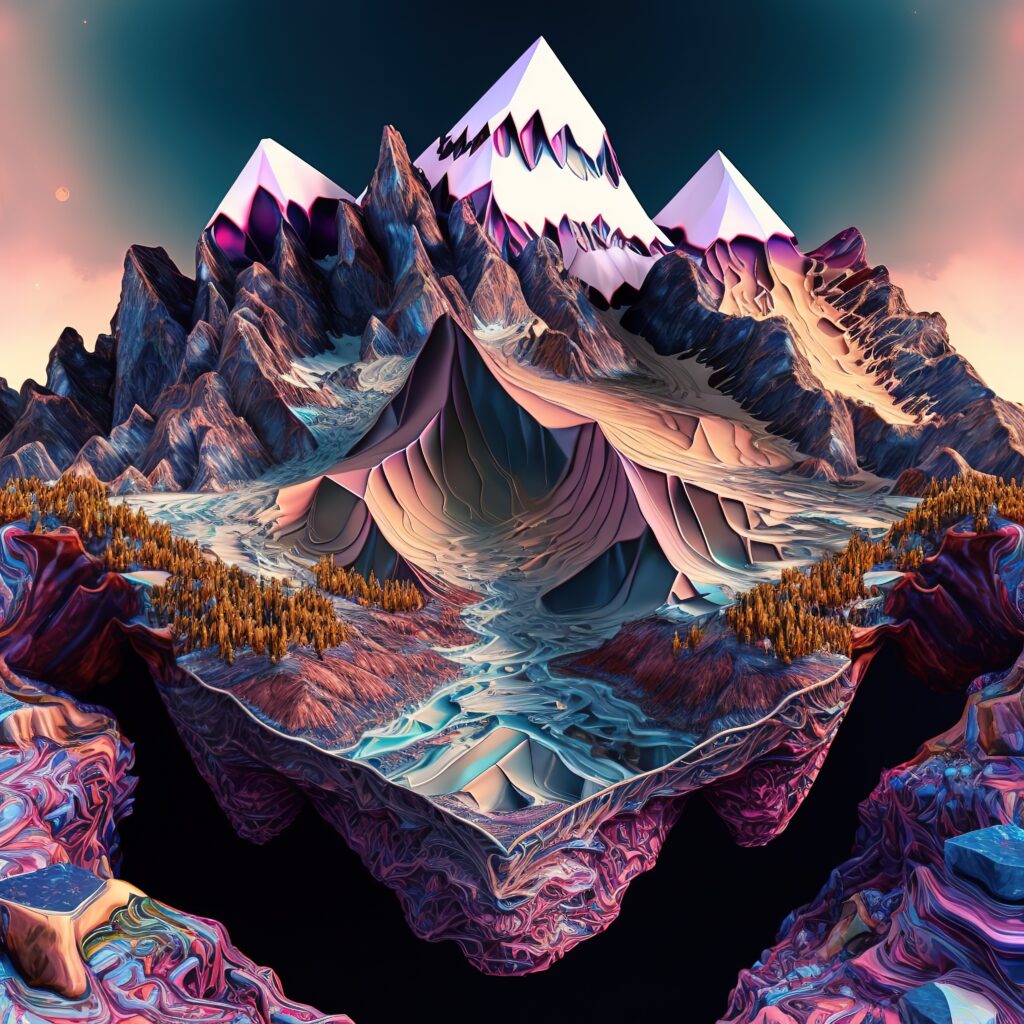
Texture impacts how the audience virtually connects with your art. It adds contrast and depth, creating a sense of touch and feel. From the smoothness of a silk robe to the ruggedness of tree bark, every texture enhances the visual narrative.
Our sorceress, for instance, might be seated on a jagged stony surface, adding a realistic touch to her mystical surroundings.
Choosing the viewpoint of your artwork adds a layer of drama and intrigue. Trend away from the traditional perspectives and experiment with a bird’s-eye-view to give an overview of the scene or a worm’s-eye-view for a unique angle.
The placement of our sorceress as seen from the eyes of a creature on the ground, perhaps, could add a sense of her commanding presence and power.
Controlling the proportions in your AI prompts for art will help to create the perfect visual symphony. By controlling the size relationships between elements in your artwork, you can enhance visual appeal and thematic impact.
Balancing the size of the sorceress with the looming castle in the background can help depict the comparison of their powers.
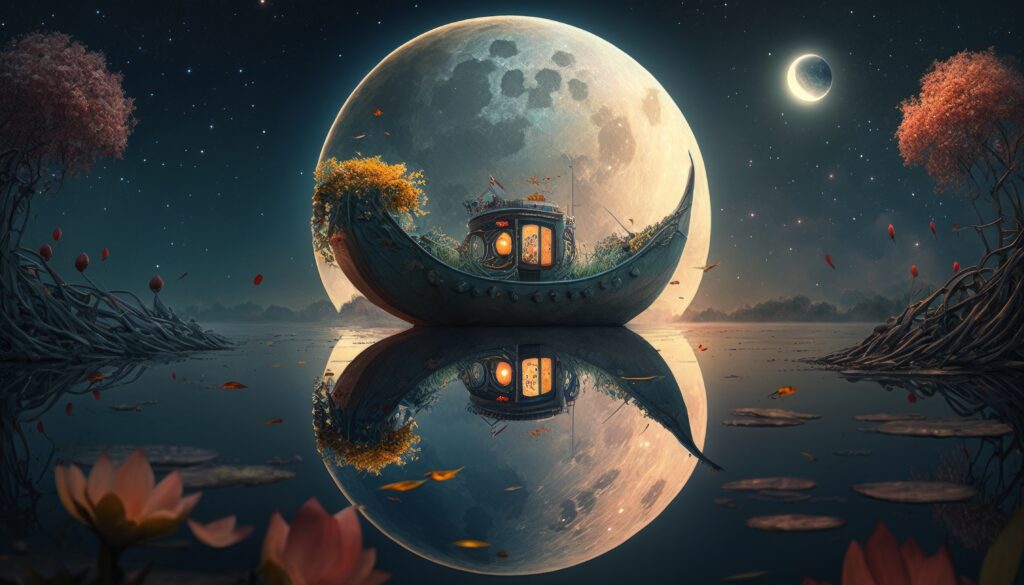
Artistic use of light and shadow can add depth, volume, and a sense of three-dimensionality. Their use can establish the time of day, create mood, and add a bit of visual intrigue.
If our sorceress is illuminated under a bright moon, alternating strokes of silver light and deep shadow would add a dramatic and theatrical effect to your image.
Interaction defines how elements in your scene relate to or engage with each other. It dictates the story that your picture tells and how audiences perceive visual information.
From the sorceress casting a spell to the silent witness of the castle, and the ominous raven circling overhead—each has a role to play in the narrative to make it a coherent story
Now, let’s embellish our original prompt by implementing these nuances:
“A beautiful and powerful mysterious sorceress wearing an intricately patterned leather robe with mystical gemstones, smiling an enigmatic smile. The scene bursts with a vibrant palette of shimmery blues and purples, sitting on a jagged, stony surface. The perspective of a creature on the ground, commanding presence, looming backdrop of a medieval castle, illuminated under a bright moon, a bolt of lightning, the play of light and shadow under a bright moon, dramatic, theatrical effect. A raven circles overhead, digital art style.”
This final prompt is a canvas for ChatAI to unleash their creativity and manifest the visual intricacy that’s woven into the prompt.
Learning how to craft impactful AI prompts for art is integral to getting great image outputs. By following these directions, you can ensure that image generation models like Stable Diffusion will be able to deliver a masterpiece fulfilling your vision. If you want to know more about writing great AI prompts for art check out these tips on how to unleash your creativity with AI art.
Craft, create, and let your imagination run free on the boundless canvas of AI-assisted art. Jump into ChatAI now!